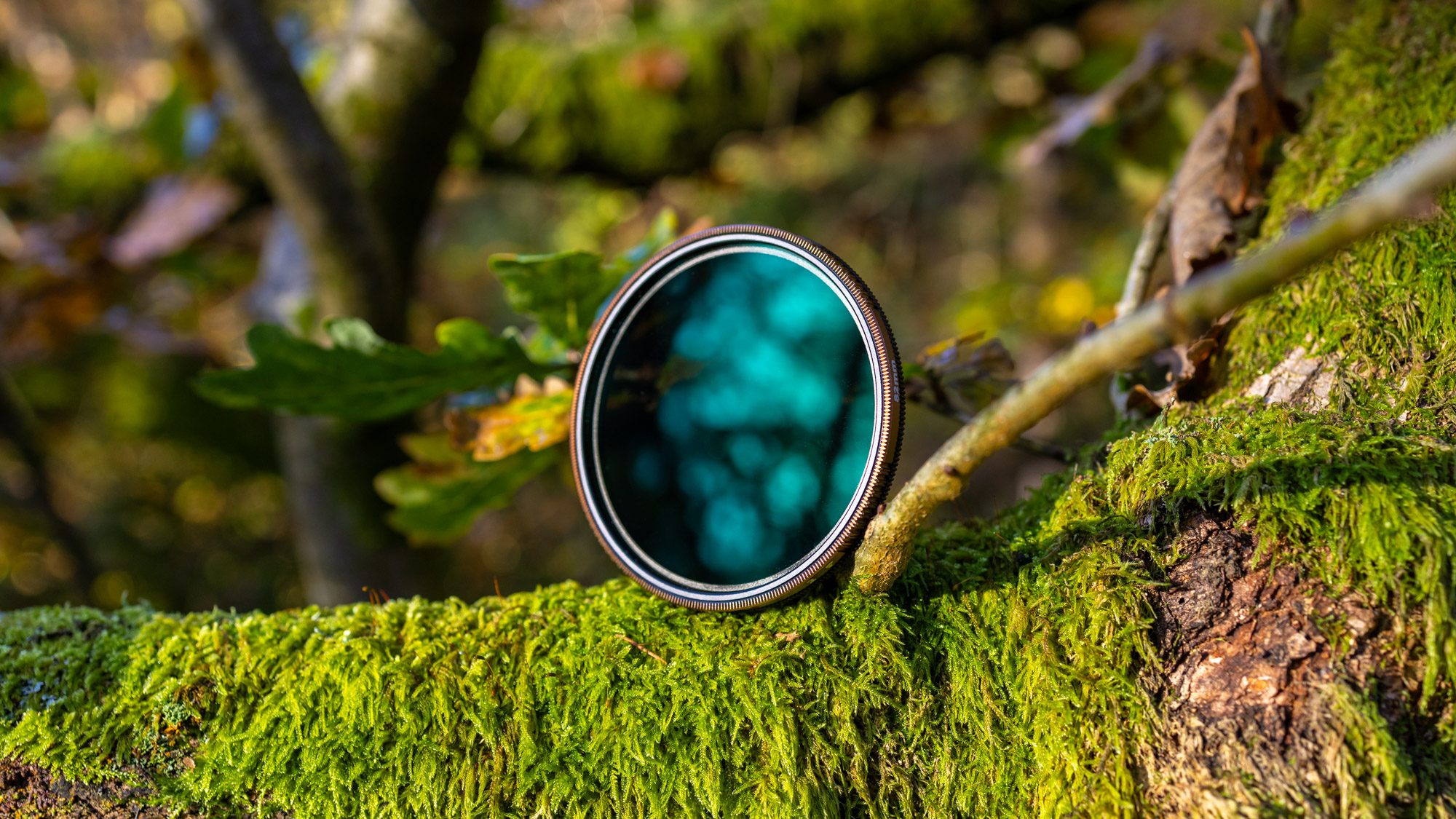
Peter McKinnon is an internationally acclaimed photographer, filmmaker, and YouTube content creator and has collaborated with renowned filter manufacturer PolarPro aspiring to craft "the most sought-after Variable ND filter on the market" and "one of the most cutting-edge pieces of optical camera gear available today".
While the original Peter McKinnon signature VND model launched back in 2019, we’ve got our hands on the new Mark II edition. A variable neutral density filter, or VND for short, is made up of two polarising filters that can be twisted against each other to block, or allow more light to reach your camera sensor. This could be handy for all sorts of scenarios, from combining multiple ND filters into one portable travel-friendly filter to cut down on bulky equipment, blocking out light to achieve long exposure photographs to add motion to moving skies or water, and even for video to help you tame the light. VNDs are commonly favored by videographers as the shutter speed has to be locked in at twice the reciprocal of your frame rate, such as a shutter speed of 1/60 sec when recording at 30fps for example.
The new Mark II signature edition comes with a raft of improvements including haptic feedback, an innovative Defender360 case, and also comes in premium-feeling eco-friendly packaging. I got hold of one and put it to the test to find out if you should part with your cash…
PolarPro PMVND II: Specifications
PolarPro PMVND II: Build & Handling
PolarPro’s Peter McKinnon VND Edition II, which for the sake of this review we’ll call the PMVND II, is available in either 2-5 stop or 6-9 stop variations, depending on the strength you require.
The filter also comes in a Mist Edition II which PolarPro calls "the first of its kind". Not only does this filter have a VND effect but it combines a Black Mist effect. Combining two popular types of filters might help you travel light and also boost image quality as stacking multiple filters together can degrade pictures and also make vignetting more noticeable at wider focal lengths.

It’s designed in California and made in China and comes in filter thread sizes: 67, 77, 82 and 95mm. What’s interesting about the 95mm version is you can buy it in either Standard or Coarse threads, with PolarPro claiming lenses including (but not limited to) the Canon RF 28-70mm F2L USM, Sony FE 200-600mm f/5.6-6.3 G OSS, Sigma 150-600mm f/5-6.3 DG DN OS Sports Lens for Sony E and Zeiss Milvus 2.8/15 all use a non-traditional coarser thread type, meaning filters with the traditional filter thread would risk stripping the thread of your lens. It's great that PolarPro provides the option.
An interesting detail about the PMVND II is that regardless of the filter size you opt for, or whether you want the Black Mist feature or not – all models will set you back $249.99, so there’s no savings to be had by going for a smaller size. So if you are thinking about picking one up it's almost definitely worth choosing the largest filter size and using step rings to make it compatible with your smaller lenses - it's easy to adapt a large filter to a smaller lens, but much harder to adapt a small filter to a larger lens as vignetting will become an issue.
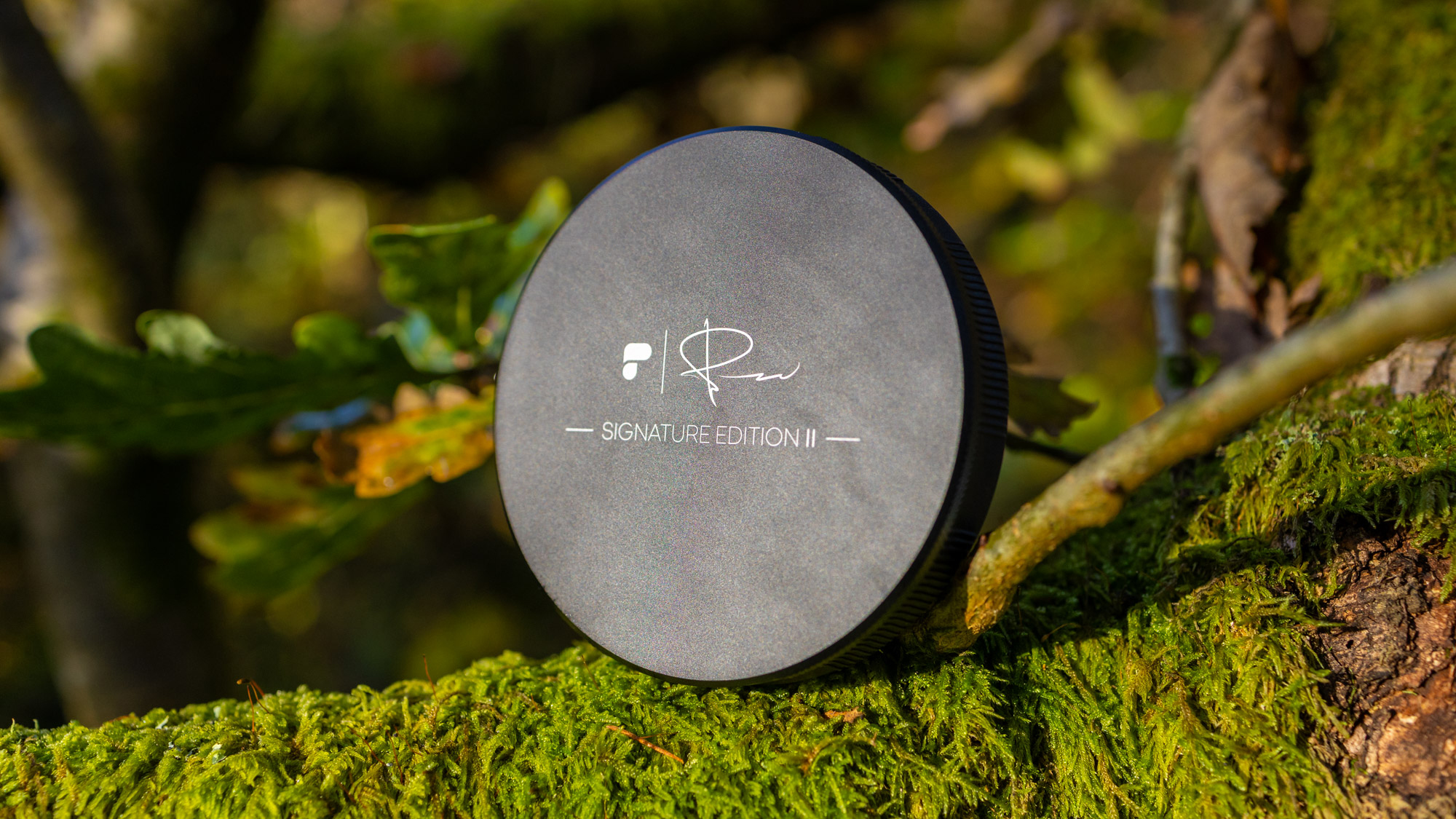
One innovative feature I really grew to like was the Defender360 which fully protects the filter without the need to carry a separate case which could get lost. It comprises a metal plate that screws into the rear of the filter, a tough plastic cover with a rubber seal then wraps around the front, protecting and acting as a hard case when not attached, and also becoming a lens cap when the filter is mounted to your lens. Its foolproof design means that when used as intended it's practically impossible to accidentally place a greasy fingerprint on the front of the filter whilst mounting it to your lens and the front rubber cap can be put on for transportation between locations to keep it protected.
PolarPro PMVND II: Performance
Like the Mark I model the PMVND II has a preset stop range to prevent the filter from being turned past the intended stop range which could worsen image quality and cause an unsightly cross-polarization effect. The new model builds on this and has haptic feedback, where the filter clicks into place at full stop values, such as 2, 3, 4, and 5 on the 2-5 version.
It’s worth noting you can still turn the strength of the filter to mid-values too, such as halfway between two and three stops, though some videographers might prefer the Mark I version for its smooth operation, especially if they need to change the VND strength while filming a transition from an interior to outdoors scene, as the hard stops could possibly translate to jerky footage. It also doesn’t come with a metal screw-in handle as some VNDs do which makes it more precise to adjust the strength whilst filming. However, if you’re setting it to a specific stop value to film, or for stills, it's not a problem.

The new model also gets the Defender360™ case and comes in eco-friendly packaging, while the Mist Edition II also has the bonus of light halation and diffusion properties.
To test the image quality I attached the PolarPro Peter McKinnon Edition II VND to my Canon EOS R5 with 16-35mm f/2.8L II USM lens. I was impressed when comparing images taken with the VND attached against those with no filter at all, as I couldn’t see any discernable difference between the images when it came to sharpness, and I was pleased to see the filter also didn’t add any extra chromatic aberration or ghosting, so it scored well for clarity!
Color rendition was also pleasing, though I did see more contrast in shots taken at the maximum 5-stop setting than the brightest 2-stop, though this is an inherent flaw, or compromise if you will, of all VND designs – the filter's CPL filters are having some polarising effect on images at the stronger values. They’re also not practical to use with circular polarising filters for this reason, and for this reason alone might put off purist landscape photographers.
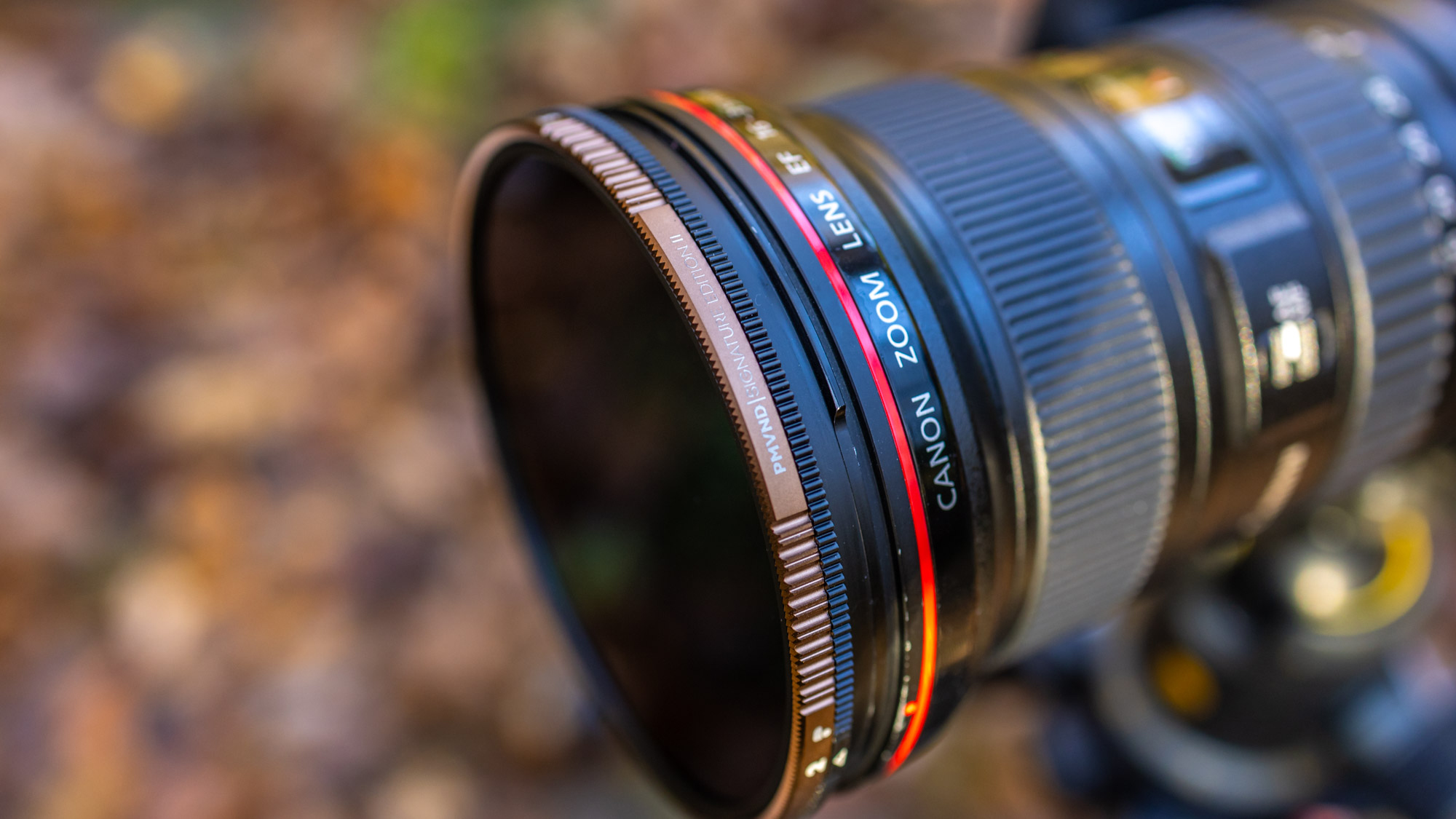
That being said, the PMVND II has fairly modest stopping power, only ranging between two and five stops, so if you need extra oomph you’ll need to fork out for the 6-9 variation also, which is an extra item to carry with you and an extra cost. That being said because it’s been limited to a modest 2-5 stops, the filter isn’t trying to do too much, I also took out on test both of Tiffen’s VND and MCS VND filters which boast larger 2-8 and 1.5-10 stops, though both of these runs into issues with cross polarisation at the higher end of the spectrum. So call it what you will, but PolarPro appears to be aware of the limitations of VND filters and offers two 2-5 and 6-9 versions to mitigate image quality issues.
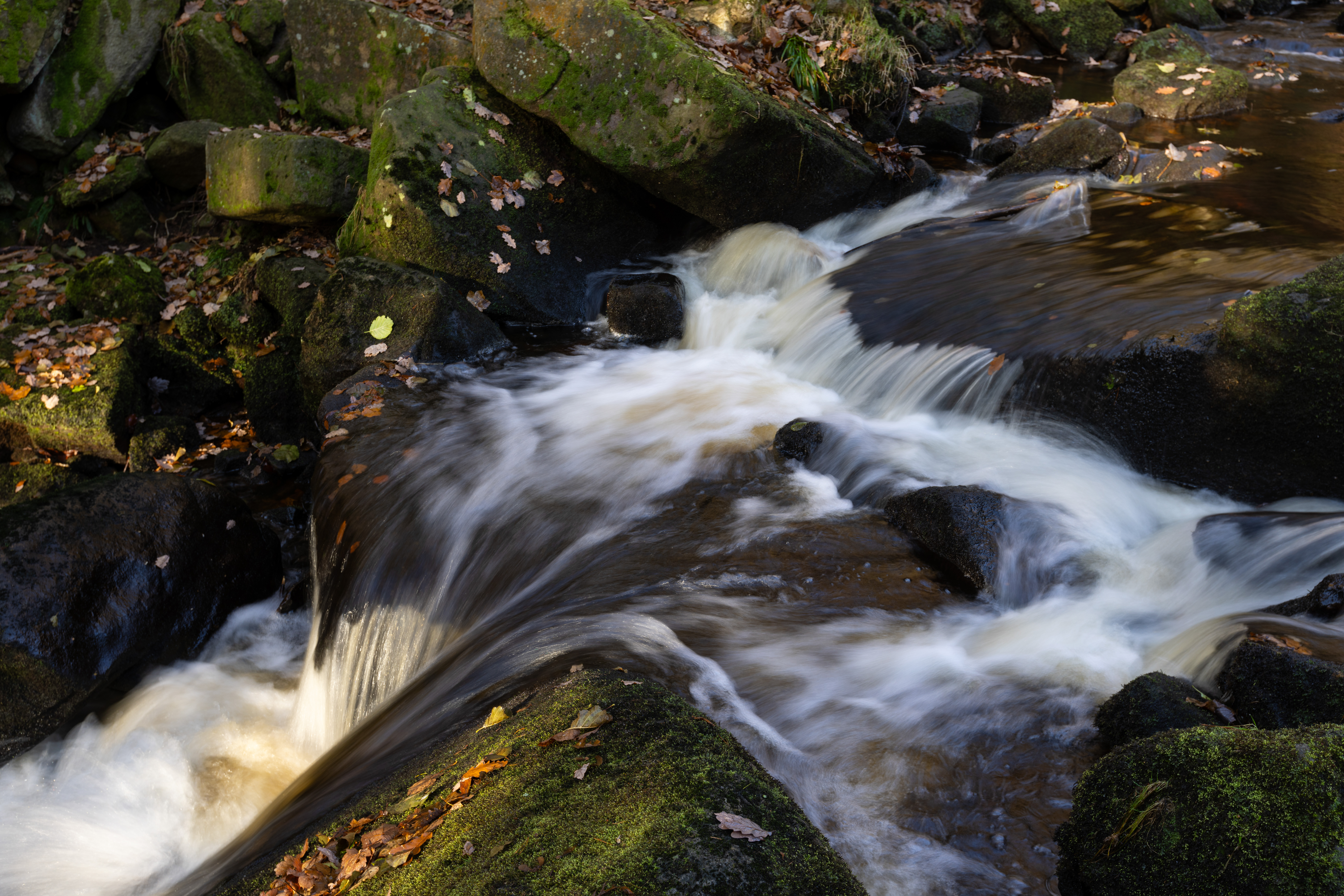

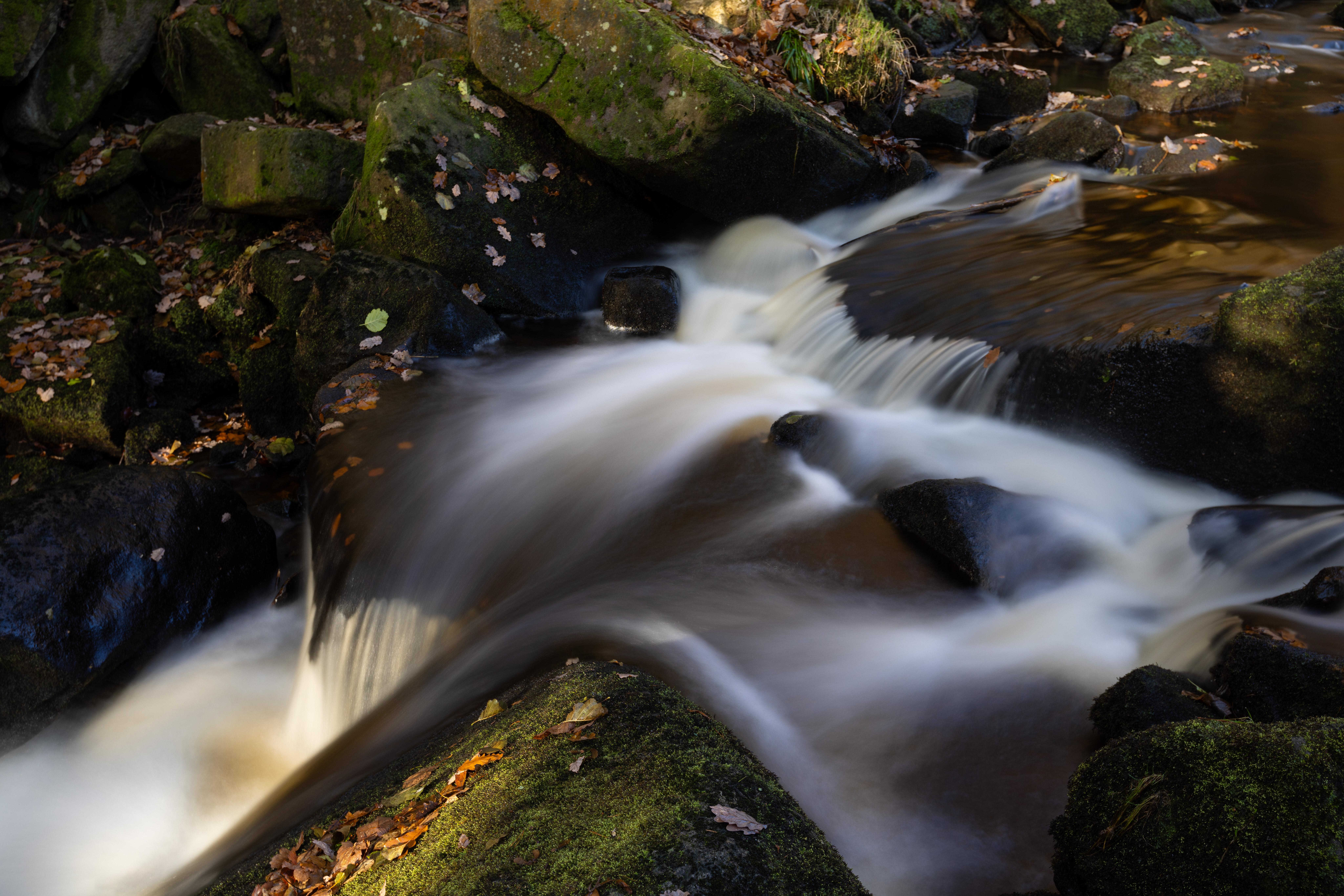
The PMVND II has coatings on it, that’s clear from the green tinge you can see on the front when reflecting it in sunlight. The color temperature does start off cooler at the widest 2-stop setting and gradually becomes warmer towards the maximum 5-stop setting, though I never actually noticed this to be a problem because the Auto White Balance setting on my Canon EOS R5 did a great job at correcting this and producing consistent colors regardless of the setting. One nice thing about the filter coating is that it has a hydrophobic treatment as water drops bead and run off making it easy to clean.
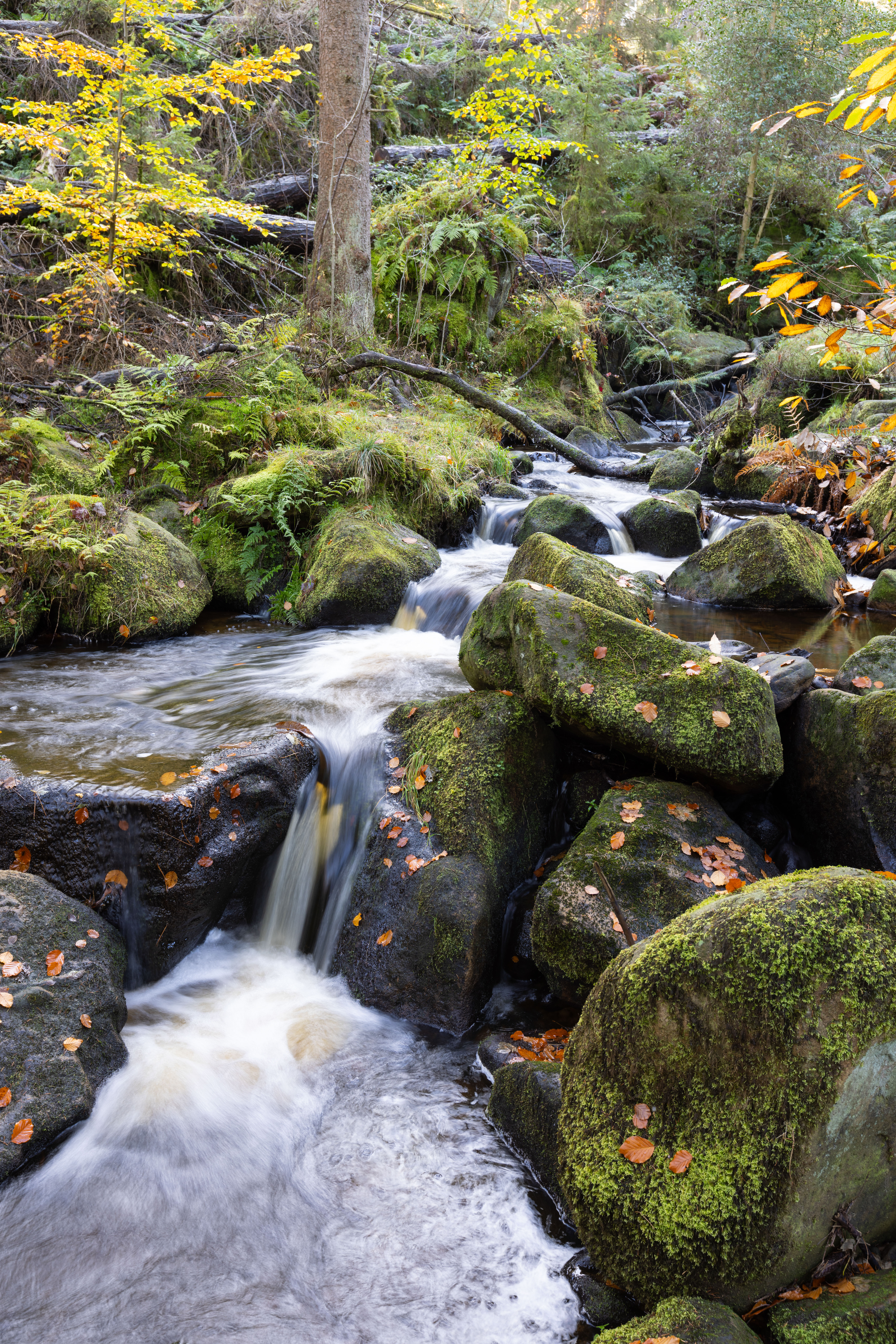


I spent most of my time shooting around a focal length of 35mm as I personally don’t like to shoot too wide with my landscapes. However, I did test out how the filter performs at wider focal lengths. Usually with any polarising filters you don’t want to use a super wide focal length as this can produce patchy lighting where the polarisation effect has occurred on some of the images but not others, and because a VND filter is essentially two polarising filters sandwiched together I did notice vignetting and a small degrading ‘X Bar’ effect, which was worse depending on whether the scene had a lot of polarised light in it or not – such as reflections in a river, or wet reflective rocks. This was a problem between 16-28mm. But as I like to shoot a little more zoomed in at 30-35mm it wasn’t a huge issue and next to the Tiffen VND and Tiffen MCS VND, it fared better compared to their maximum settings which still showed an X Bar effect even when zoomed into 35mm, though admittedly the PMVND II isn't as strong.
PolarPro PMVND II: Verdict
There’s no getting around the fact that the PolarPro Peter McKinnon VND Edition II is an expensive piece of equipment. Demanding top dollar it needs to be one of the best filters you can buy, and in many ways it is. Merging multiple neutral density strengths into a single filter, and also giving users the option of a mist effect means photographers and videographers can have one filter that does the job of many and therefore boosting image quality without the need to stack filters, all while making camera bags a little lighter at the same time.
Image quality was very good, with strong sharpness and colors, though you’ll want to avoid shooting at ultra-wide focal lengths to avoid the risk of X Bar defect, I recommend shooting at 28mm or above on a full-frame sensor. Its range of strengths is a bit limiting at just 2-5 stops compared to some of the other VNDs on the market which can go all the way up to 10 stops, though PolarPro has chosen to hone in on this specific range and focus on quality rather than a bigger number to stick on the packaging. This does however mean you’ll need to splash out on the other PolarPro Peter McKinnon VND Edition II 6-9 stops if you need that extra firepower.
My recommendation if you’re interested would be to get both in the size that fits your largest lens and use step-up rings to make it compatible with all your other smaller lenses and then you don’t need to buy multiple size variations for each lens, which would quickly rack up an eye-watering bill.
The new model features ‘haptic feedback’ where the filter clicks into every full stop in the range. This means it’s not smooth to turn like its predecessor and might cause more jerky footage for videographers who need to adapt to lighting and change the filter strength on the fly, it's also a shame that it doesn't come with a screw-in handle for smooth video transitions. It is however great if you want to lock in a certain strength and therefore suited well to landscapes.
I thought the Defender360™ system was really clever, doubling up as a handy filter front cap and also a hard case when stowed away. The filter is designed to be screwed onto your lens front filter thread and then this allows you to easily removed the hardy front cap, it’s intentionally designed this way to avoid you getting dirt and greasy fingerprints on it and it works brilliantly when you’ve figured this out, though many users left negative reviews online because they thought it was too difficult to get the front cap off – perhaps PolarPro could have made this a little more clear with some instructions in the box.
Will I be throwing out my collection of square NDs, ND grads, and circular polarising filter? The short answer is no, I like the flexibility and control this combination of larger filters provides me for landscapes and I often have space to bring them. However, I can see this being a very useful addition to travel photographers where kit space is a premium as it's very travel-friendly, and for videographers, too.
Should you buy the PolarPro Peter McKinnon VND Edition II filter?
✅ Buy this if...
- You want a single VND filter that can do the job of many NDs and even mist filters, too
- You’re looking for a VND filter with best-in-class image quality
🚫 Don't buy this if...
- You want to change the strength of your VND whilst recording as its haptic feedback makes for less than smooth transitions, it also lacks a screw-in handle
- You’re on a limited budget or just looking to test out a VND as there are cheaper alternatives that you can take a punt on when you're starting out







